Comparing Open-Hole and Cased-Hole Completions: A Guide to Choosing the Right Method
Well completion in oil and gas is a critical process that prepares a well for production. Among the most common completion types are open-hole and cased-hole completions, both suited to specific well conditions and project goals. Choosing the right method is essential, as it affects not only the efficiency and longevity of the well but also its environmental impact and economic viability.
Definitions and Concepts of Open-Hole and Cased-Hole Completions
Understanding the definitions and concepts behind open-hole and cased-hole completions is crucial for selecting the appropriate method for well construction. Each method serves distinct purposes and is suited to specific geological and operational conditions.
Open-Hole Completions
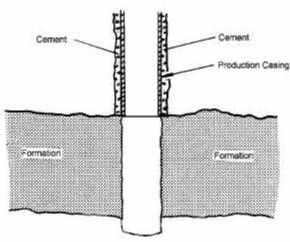
Open-hole completion refers to a method where the wellbore is left uncased in the production zone, allowing direct contact between the formation and the well. This design facilitates easier flow of hydrocarbons into the wellbore.
- Direct Formation Access: Open-hole completions provide unimpeded access to the formation, maximizing the flow of hydrocarbons.
- Cost-Effectiveness: Generally, open-hole completions involve fewer materials and simpler procedures, resulting in lower costs for drilling and completion.
- Simplified Installation: The absence of casing in the production zone simplifies the installation process, leading to faster project timelines.
- Suitable Geological Conditions: This method is most effective in stable, competent formations with low permeability, where the risk of wellbore collapse is minimized.
Cased-Hole Completions
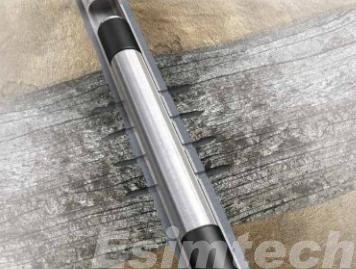
Cased-hole completion involves placing steel casing in the wellbore and cementing it in place. After setting the casing, perforation is performed to create openings that connect the wellbore to the reservoir.
- Enhanced Well Integrity: The casing provides structural support to the wellbore, reducing the risk of collapse and protecting the formation from damage.
- Controlled Fluid Entry: Perforations allow for selective access to the formation, giving operators the ability to manage fluid flow more effectively and control production rates.
- Isolation of Zones: Cased-hole completions enable isolation of different production zones within the well, which can prevent unwanted water or gas influx.
- Adaptability to Complex Reservoirs: This method is particularly advantageous in challenging geological conditions, such as high-pressure or high-temperature reservoirs, where control and stability are critical.
In summary, the choice between open-hole and cased-hole completions depends largely on the specific requirements of the well and the characteristics of the reservoir. Each method offers distinct advantages and considerations that impact overall well performance and longevity.
Key Differences Between Open-Hole and Cased-Hole Completions
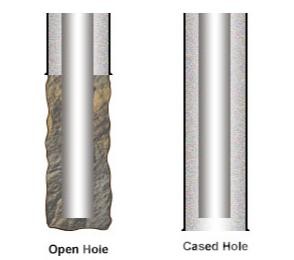
When deciding between open-hole and cased-hole completions, it’s essential to understand their fundamental differences, as these variations significantly influence the design, implementation, and overall performance of the well. Below is a detailed comparison that highlights the key differences between the two methods.
| Criteria | Open-Hole Completion | Cased-Hole Completion |
| Structural Integrity | Relies on the natural stability of the formation. | Reinforced by steel casing and cement, providing high stability. |
| Fluid Control | Direct access to the formation allows for rapid flow but limited control over fluid dynamics. | Controlled access via perforations allows selective production from specific zones. |
| Installation Process | Simpler and faster installation with fewer components. | More complex installation involving casing, cementing, and perforating. |
| Formation Damage Risk | Higher risk of formation damage due to direct exposure to drilling fluids. | Lower risk due to casing protecting the formation from drilling fluids. |
| Cost | Generally lower costs due to reduced materials and labor. | Higher costs associated with additional materials and installation complexity. |
| Production Rate Control | Less control over production rates, which may lead to unwanted water or gas influx. | Enhanced control over production rates and the ability to isolate zones. |
| Wellbore Collapse Risk | Increased risk of wellbore collapse in unstable formations. | Reduced risk of collapse due to the structural integrity provided by casing. |
| Suitability for Formations | Best suited for stable, low-permeability formations. | Ideal for complex, high-pressure, or unstable formations. |
| Monitoring and Maintenance | More challenging to monitor and maintain due to lack of casing. | Easier to monitor and maintain with access to casing and completion technologies. |
Each completion type has its unique advantages and challenges, making it crucial to align the choice with the geological context, economic considerations, and desired production outcomes.
Pros and Cons of Open-Hole and Cased-Hole Completions
Pros and Cons of Open-Hole Completions
Pros:
- Lower Cost and Simplicity: Open-hole completions eliminate casing and cementing, reducing time and material costs, making them cost-effective.
- Improved Flow: Without casing, hydrocarbons flow directly from the formation, potentially increasing production in naturally fractured formations.
- Reduced Formation Damage: Direct access limits cement and perforation-related formation damage, which helps maintain reservoir permeability.
Cons:
- Risk of Collapse: The absence of casing can lead to wellbore collapse in unstable formations, limiting application in certain conditions.
- Limited Production Control: Without isolated zones, managing water or gas influx is challenging, complicating production.
- Exposure to Fluids: The formation is more vulnerable to drilling fluid invasion, which can reduce productivity in sensitive formations.
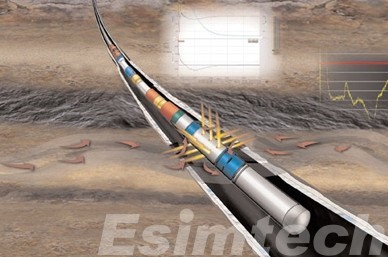
Pros and Cons of Cased-Hole Completions
Pros:
- Increased Stability: Casing reinforces the wellbore, essential for high-pressure, unstable formations.
- Controlled Production: Perforated zones enable selective production, helping control water and gas breakthroughs.
- Protection Against Formation Damage: Casing isolates the formation from drilling fluids, minimizing permeability loss.
Cons:
- Higher Costs and Complexity: Cased-hole completions require more steps and materials, raising costs and operational complexity.
- Cement Bonding Challenges: Poor cementing can lead to fluid migration, impacting well integrity.
- Perforation Debris: Perforating produces debris that can clog the formation, potentially reducing production efficiency.
Each completion method has strengths and limitations, and the choice depends on reservoir characteristics, economic considerations, and operational priorities.
Recent Innovations in Well Completion
The oil and gas industry continues to evolve with innovative technologies aimed at enhancing the efficiency, safety, and environmental sustainability of well completions. These advancements are transforming both open-hole and cased-hole completions, allowing operators to optimize performance and reduce costs.
- Intelligent Completion Systems
Intelligent completions incorporate advanced sensors and monitoring tools within the wellbore, allowing for real-time data collection and analysis. This technology enables operators to monitor reservoir conditions continuously, adjust production rates dynamically, and identify potential issues before they escalate. By integrating smart technologies, operators can optimize hydrocarbon recovery and minimize downtime.
- Well Completion Simulation
Advanced simulation software plays a crucial role in modern well completion design and optimization. These simulations model reservoir behavior, fluid dynamics, and completion performance, allowing engineers to predict how different completion strategies will perform under various conditions. By using simulation tools, operators can conduct “what-if” analyses to evaluate the impact of different completion techniques, identify the most efficient methods, and optimize well performance before actual drilling begins.
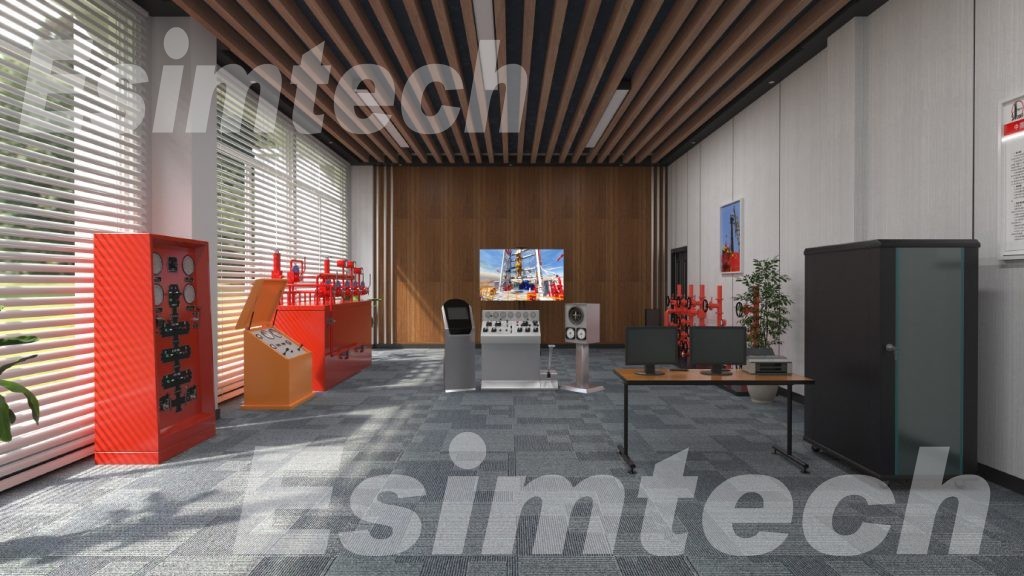
- Expandable Casing and Liner Systems
The development of expandable tubular technology has significantly improved cased-hole completions. Expandable casings can be deployed in their smaller form and expanded once in place, reducing the annular space and enhancing wellbore stability. This innovation allows for better zonal isolation and can accommodate a larger diameter without the need for multiple casing strings.
- Advanced Perforation Techniques
Innovations in perforation technology, such as oriented perforating and laser perforation, enhance the precision and efficiency of cased-hole completions. These techniques increase the surface area for fluid flow while minimizing the damage to the formation, leading to improved production rates and reduced operational risks.
- Environmentally Friendly Drilling Fluids and Cementing Materials
The industry is increasingly adopting eco-friendly drilling and cementing materials to reduce environmental impacts. New biodegradable drilling fluids and innovative cement formulations help protect sensitive formations and reduce contamination risks while maintaining well integrity.
These innovations collectively enhance the effectiveness and efficiency of well completions, driving improvements in production rates, safety, and environmental stewardship. As technology continues to advance, the potential for optimizing both open-hole and cased-hole completions will grow, enabling operators to maximize recovery while minimizing their ecological footprint.
Selecting between open-hole and cased-hole completions is critical for optimizing oil and gas production. Open-hole completions are cost-effective and simple, while cased-hole completions offer better control and stability. Recent innovations, including advanced simulations and intelligent systems, enhance decision-making and efficiency. By leveraging these technologies and understanding the strengths of each method, operators can improve outcomes and success in hydrocarbon extraction.
